The money of local tyrants in the Middle East is a one -time monetization accumulated in hundreds of millions of years
Author:Earth Knowledge Bureau Time:2022.08.22

The Persian Gulf area includes eight countries in Iran, Iraq, Kuwait, Saudi Arabia, Barin, Qatar, UAE, and Oman.
Due to the extremely bad environment, this area lacks developed agriculture and has no complete modern industrial system. However, their income is surprisingly high except Iran and Iraq (due to sanctions and war). Even the people of Western developed countries are envious.
The Persian Bay is actually almost the same as that of the United Kingdom, similar to Guangxi, my country ▼
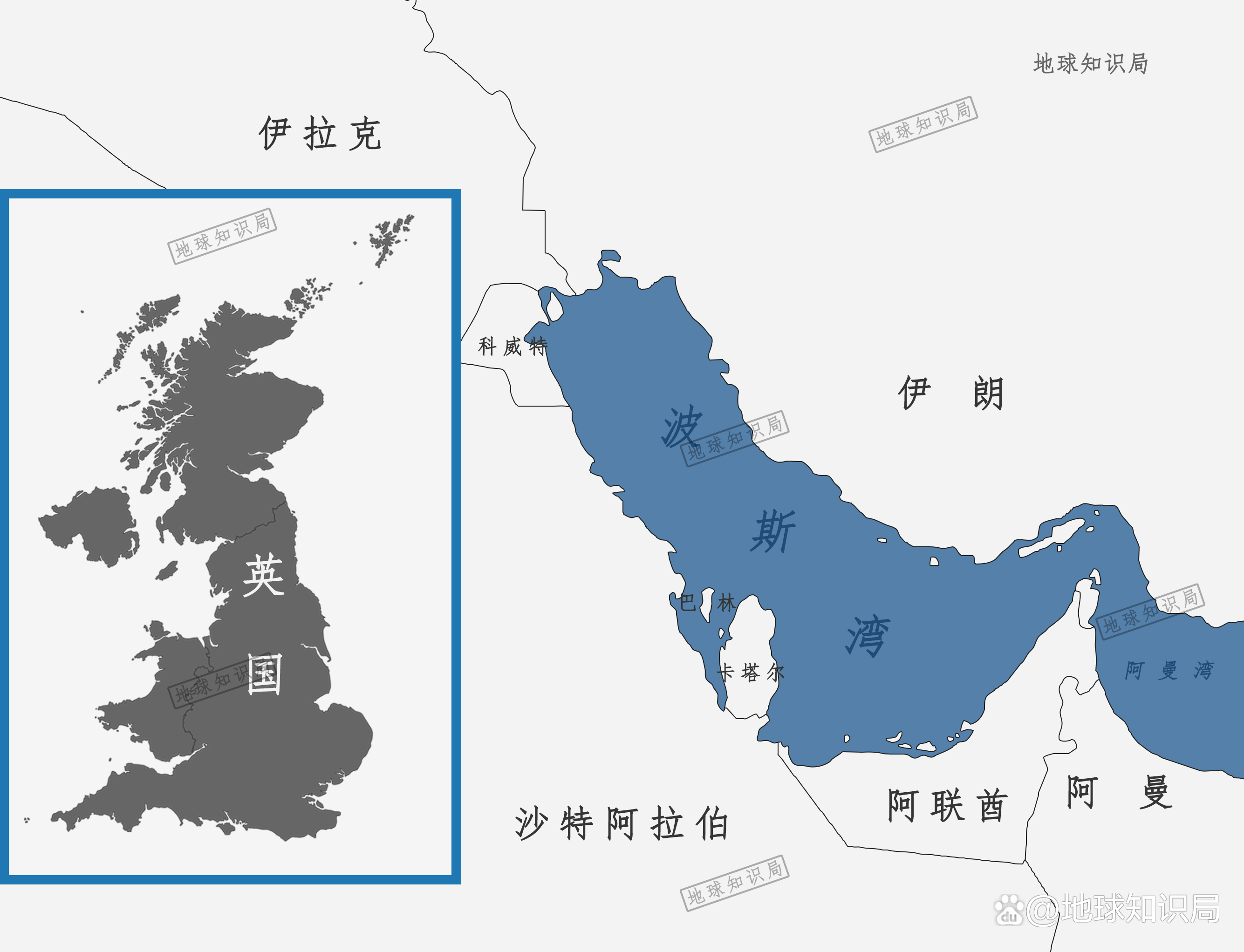
On the surface, it is a desolate ▼
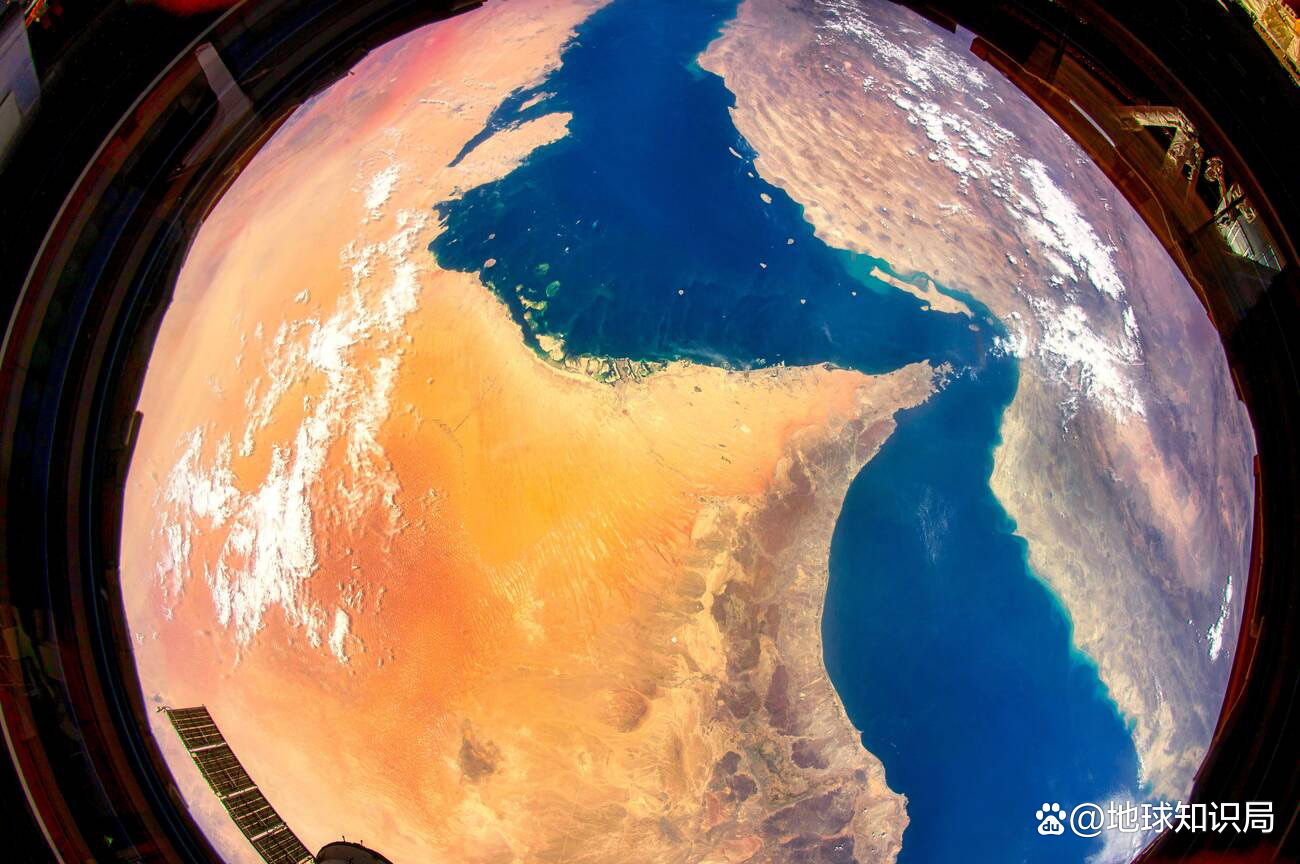
The world knows that this amazing wealth comes from endless black gold. From the Arabs, this is the meal ticket given by Allah for them.
According to different statistical calibers, 55%-68%and 40%of natural gas reserves are buried here, and there are 1841 oil and gas fields.
The dense oil fields are distributed in the Persian Gulf Basin area ▼
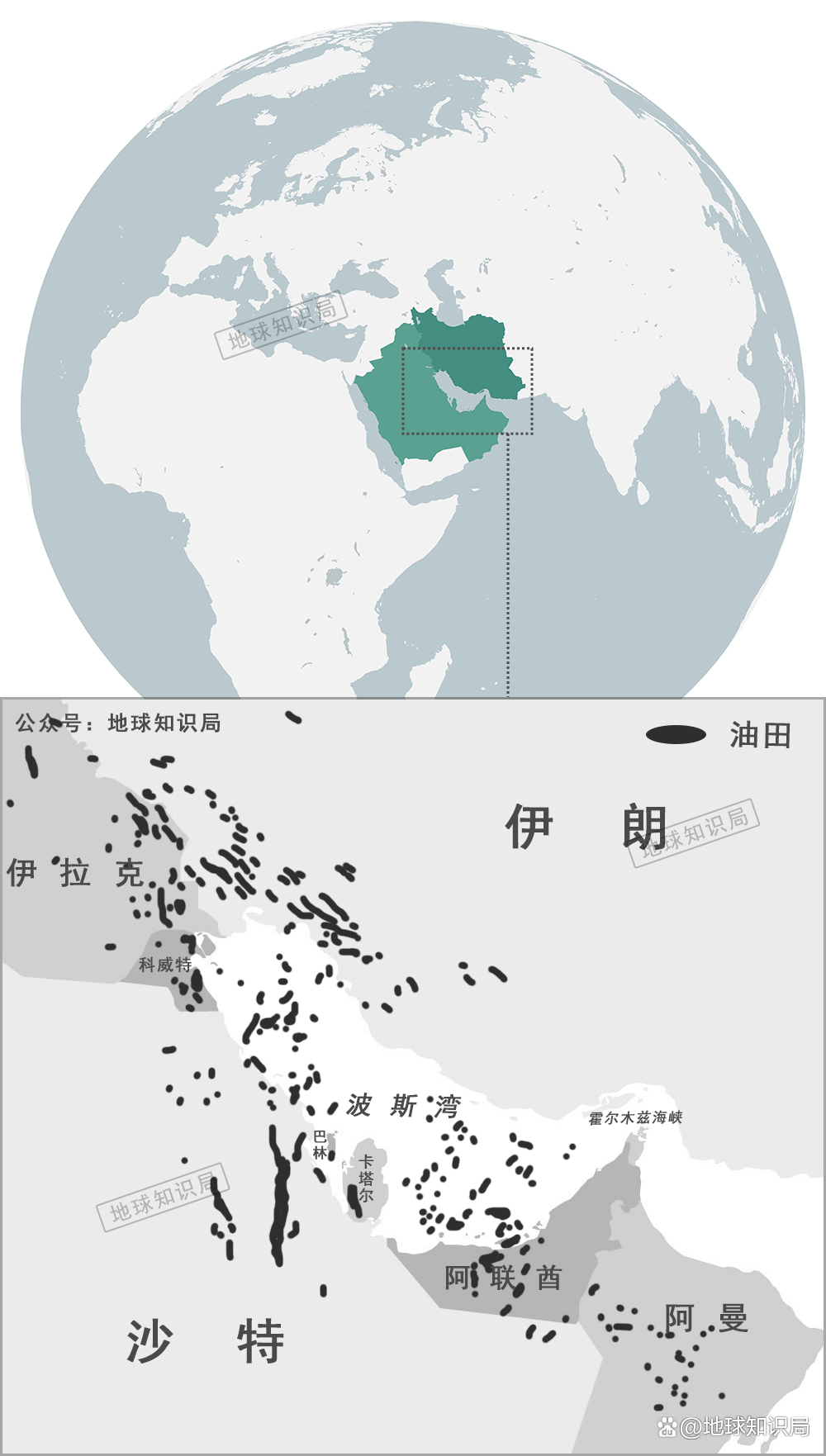
But there is no resource in the world. Today we will tell you from a geological perspective that where the underground black gold of the bay local tyrants comes from.
Geyan oil sea
In terms of geological structure, the Persian Gulf Basin is located in the contact site of the Iranian land in Africa and Eurasia. It is a large deposit basin developed on the Arabic sector. It finally arrived at the current position after a drift of a drifting trip across the north -south hemisphere.
The stable depression structure and excellent terrain and climatic conditions have promoted a very thick sedimentary lens body (can reach more than 13km) in the place, mainly composed of carbonate rocks and evaporation rocks. There are different levels of sedimentation at different levels of section, forming rich oil and gas resources today.
The organic matter entered with the land source is deposited on the mainland slope
Over time, it will be converted into a sedimentary layer in a suitable environment ▼
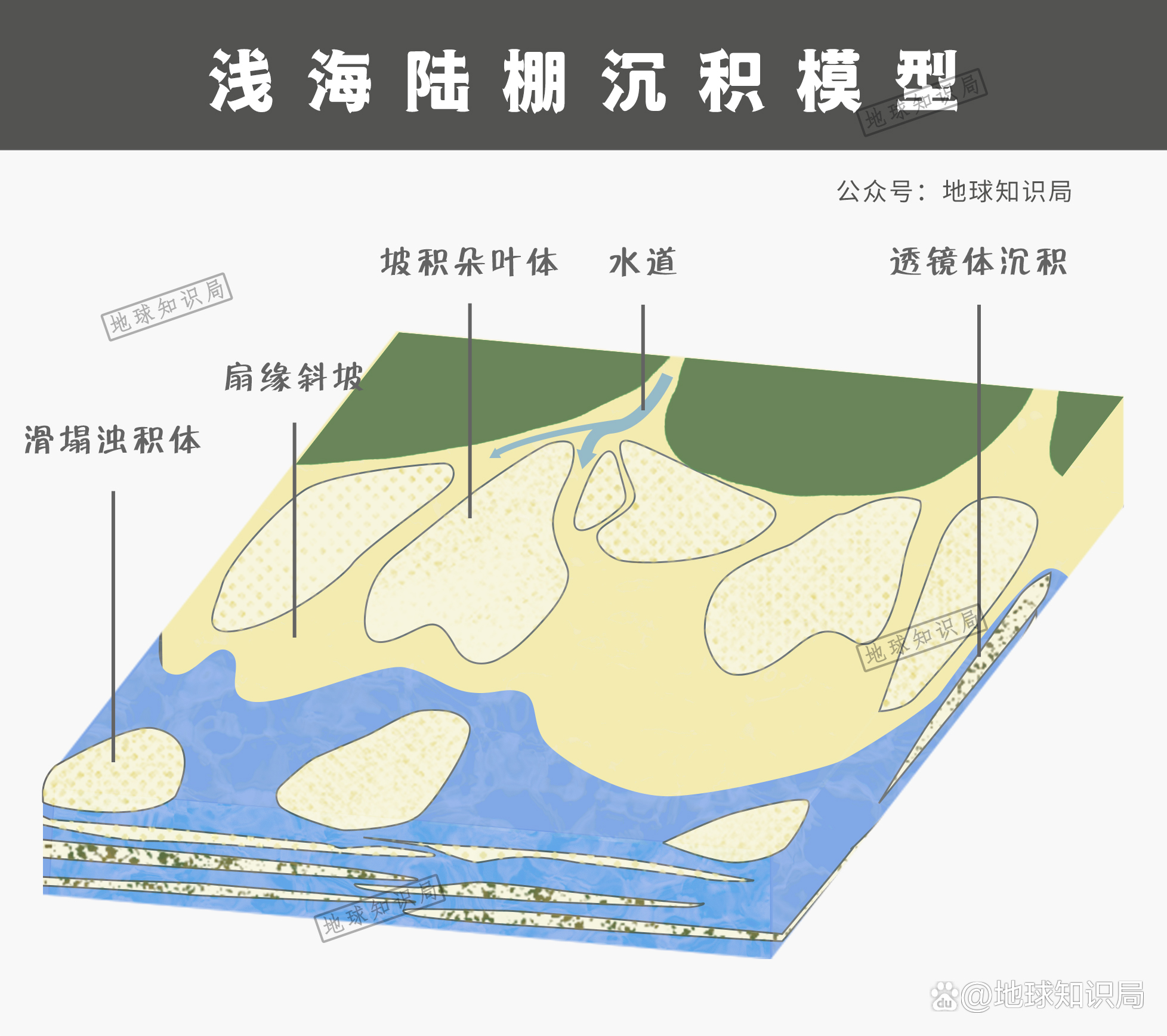
We can analyze the causes of the enriched oil and gas resources in the Persian Gulf area from the geological level:
Starting from the ancient Yuan Dynasty about 700 million years ago, Arabia, Iran, and Africa were a complete ancient land, called Ggana Ancient Land (at this time the Gartaanuku was still in the schedule). At that time, the north of the Persian Gulf Basin was Guttisia and the land area south.
Started formed by the Bay of the Persian Gulf Basin composed of crystalline rocks, metamorphic rocks, and volcanic fragmented rocks.
At the same time, Arabia Shield was formed in the west of the Arabic plate, which is the main material area of fragmented rock deposition in the Persian Bay Basin. At this time, the Gulong upstream structure in the middle of the Arabic sector was also formed, such as the Garvar oil fields in Saudi Arabia, which were developed on the basis of these Gurong.
The surrounding area of the Persian Bay is a highland
▼ was surrounded by Iranian land and Arabia blocks ▼
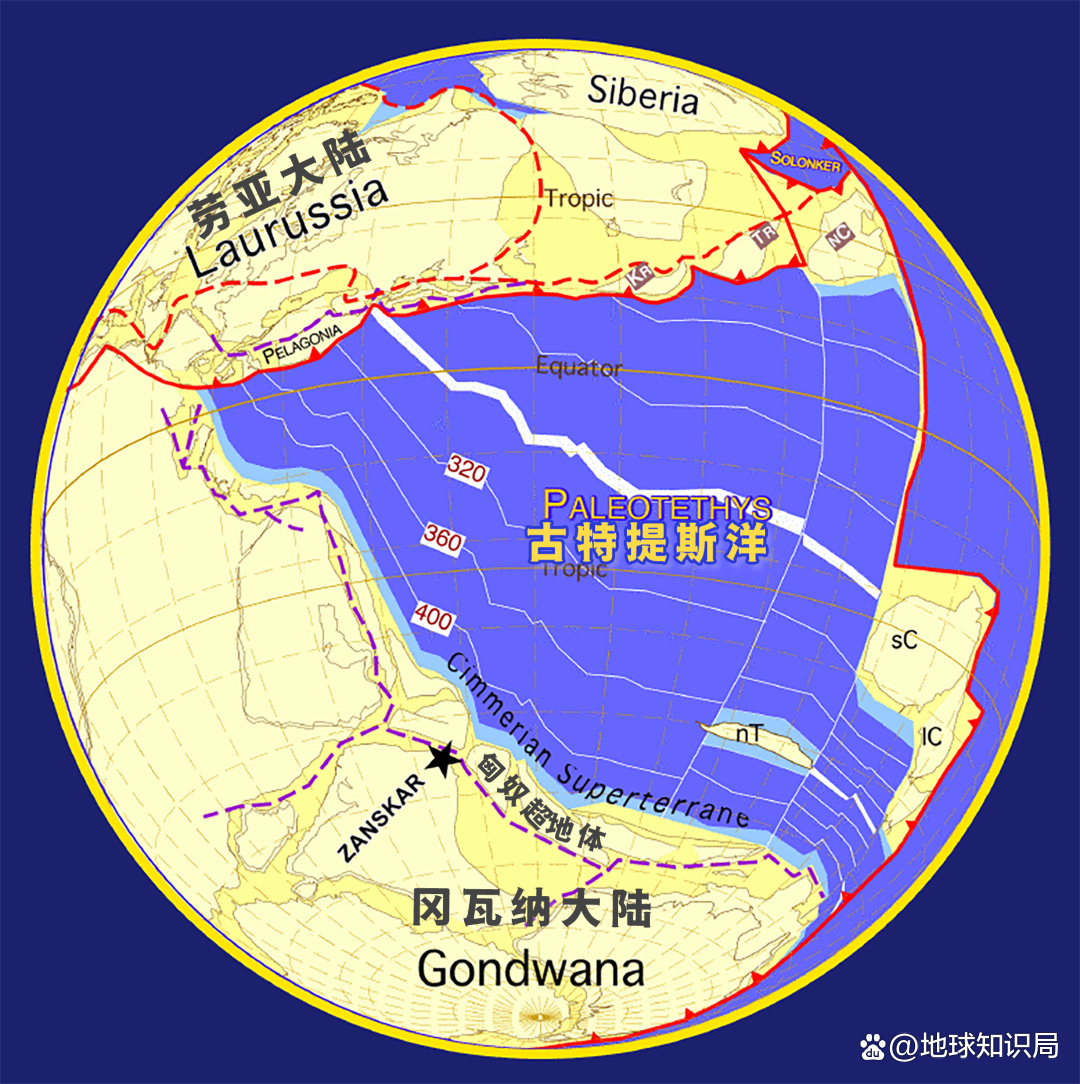
During the late Yuan Dynasty 600 million years ago, to the late mud period of 370 million years ago, multiple salt pots were formed in the Gulf and Oman area, such as the Holmus salt basin and the Alman salt basin. Today, the development of major oil and gas fields in Oman is controlled by this salt basin. Throughout the ancient generations, the basin of the basin was thick and buried deeply, mainly in qi.
Entering the Mesozoic generation of 250 million years ago, the Iranian-Arab plot and the Arabic sector began to separate. Guttisia closed, the new Tetis ocean between the Iran-Afghanistan and the Arabic sector, the Persian Gulf basin entered a comparison section Long -term stability deposition period.
New Tetis is formed, Guttisha is about to close ▼


This period of stability is also the current period of the main oil production department, such as Iraq, UAE and other regions. On the two sides of the New Tisce, the regional and local sea level changes are relatively frequent, resulting in alternating deposits of carbonate rocks and mud rocks, and the inland direction of the Arabic sector is mainly based on debris rock deposition.
A large amount of debris gravel wrapped in the sewer system
Physics and chemical changes under high pressure, gradually becoming hidden
(Source: Li Wenjie, Chen Jitao (2022)) ▼
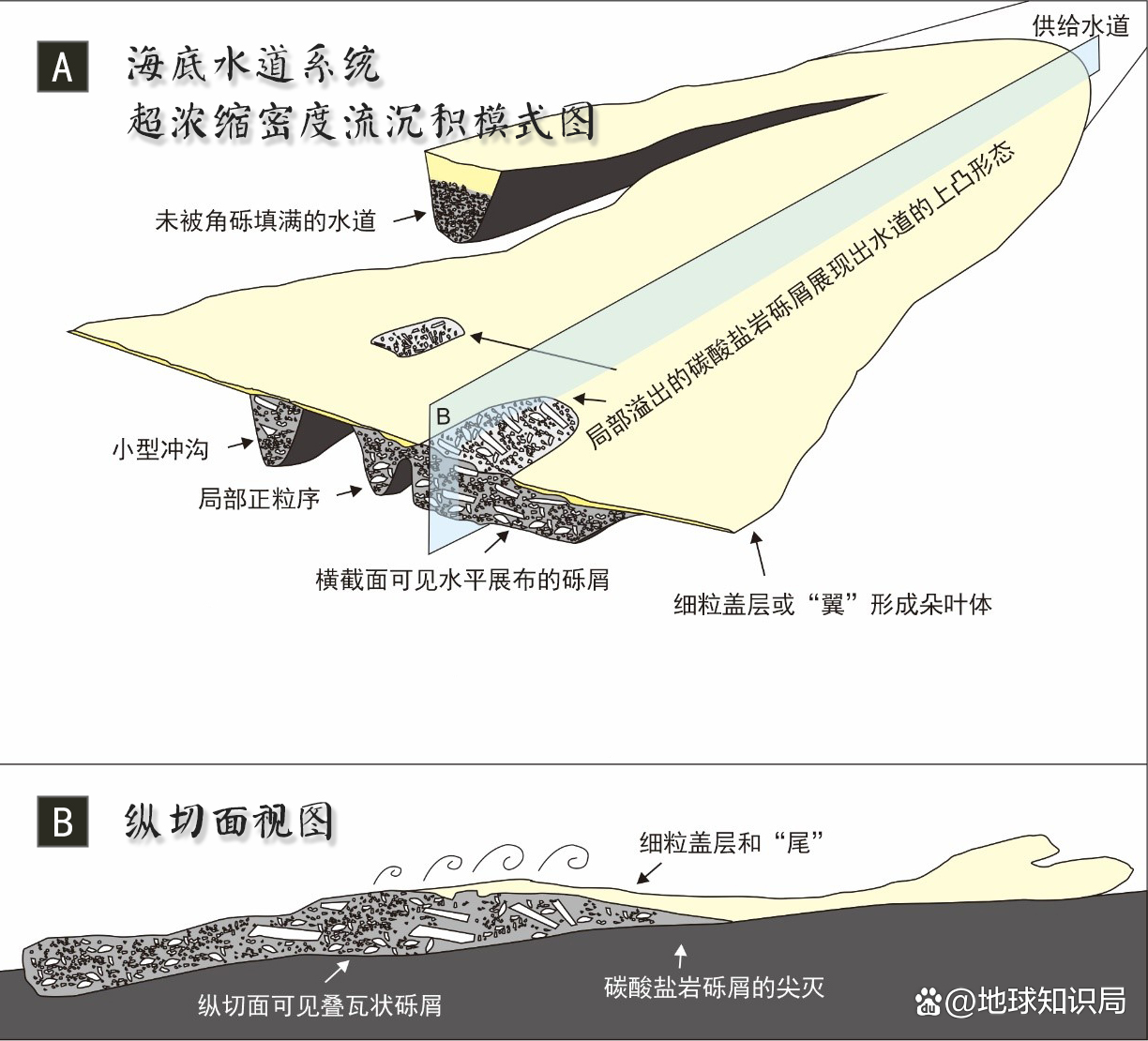
Because the tropical environment where the Persian Bay Basin is in is very suitable for biological reproduction, a large number of organic sediments are formed. These organic sediments have evolved for a long time, generating a large amount of oil and gas.
During this period, the quilt plants and bare plants grew lush, close to marine plankoplasts, and the animal evolved rapidly, with many types of animals. At the same time, the suitable sunlight and salinity on the mainland's slope are very beneficial to the growth and development of biological reefs.
This period is also a period of active dinosaurs, and biological diversity is particularly high.
(Figure: One picture network) ▼

During the glacier movement, geological disasters were concentrated, and large amounts of organic matter such as animals and plants were buried underground, and the air was isolated for a long time. The nature of the year changed its nature, forming a high -quality reef storage layer with a large amount of pores with a large amount of pores. At present, the main oil and gas output of the Persian Gulf area is from the sedimentary stratum from this period.
In the early third period of 60 million years ago, the Eurasian sector collided, the new Tatisha closed slowly, and the Zagros Mountains began to bulge. Today, the Persian Gulf is gradually formed and developed before the land basin, and the back sloping structure is formed under the influence of squeezing. This provides good storage venues and closure conditions for the later oil and gas bets.
This back oblique structure is like a inverted basin, which stores the formed oil and gas. The top of the pot is a well -tight and strict seam lid to prevent the oil and gas in this basin from spreading to the surface with the bottom cracks.
Different land movements may form an oil -gas collection and closing system
(Figure: shutterstock) ▼
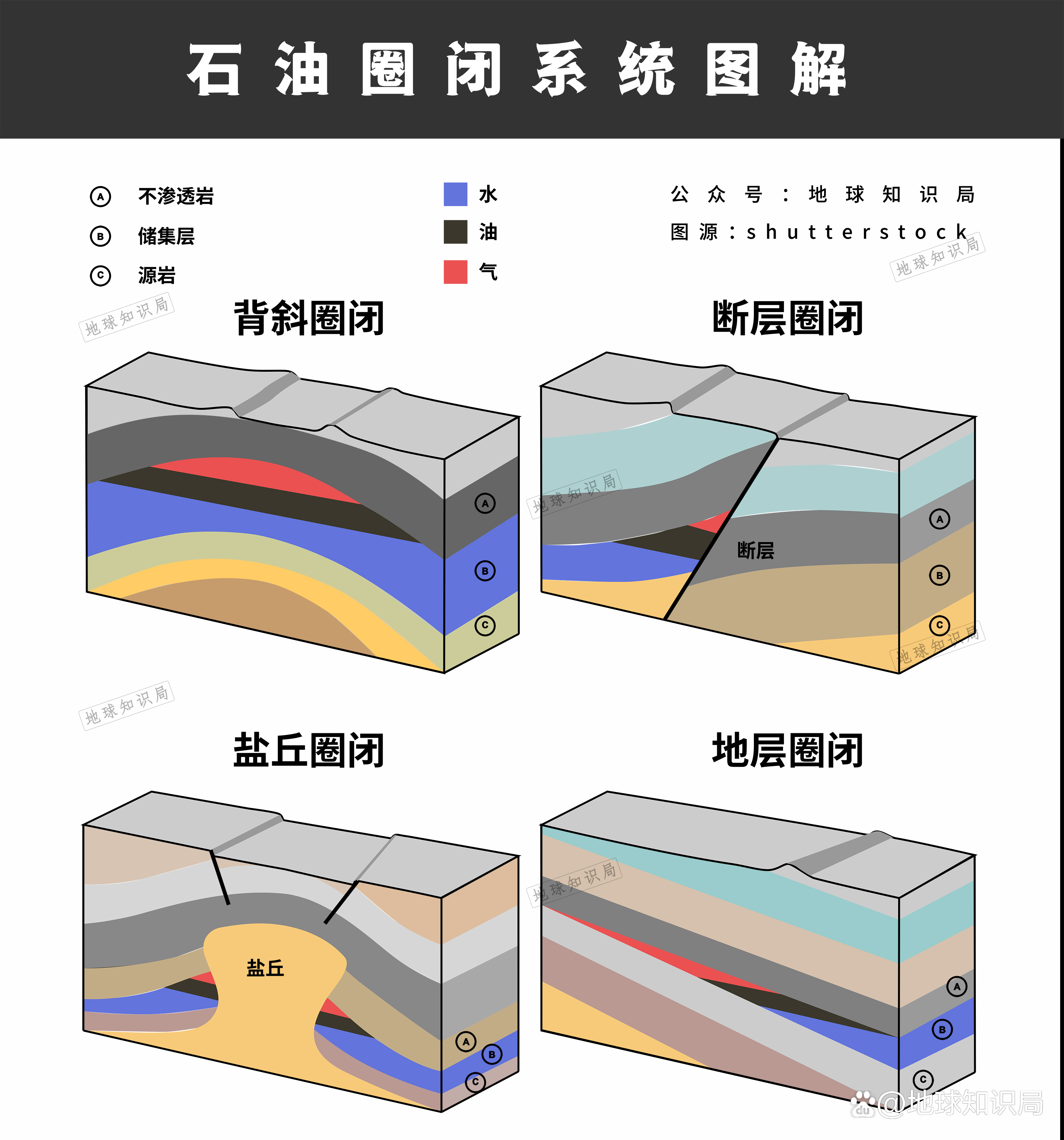
The Middle -generation, the Middle -generation, and the new generation are superimposed into Tibetan, forming a huge collection of the Persian Bay Basin today. This is really God's enjoyment. Self -spraying well, God's gift
The Persian Gulf area is not only rich in oil resources, but also very superior mining conditions. Its oil distribution is concentrated, with an average of more than 350 million tons per oil field, mostly super large oil fields. And more distributed on the sea and land near the coast, crude oil is very convenient.
The Persian Gulf area is late, the geological history period is short, and the structure of the experience is very gentle. Therefore, the oil and gas preservation conditions are good, and the amount of dispersion is small. This is a unique advantage in the development of oil and gas fields.
Young is "vigorous" (Figure: Shutterstock) ▼
First of all, thanks to the late Tibetan period, the depth of the purpose of oil and gas mining is usually shallow, which greatly reduces the difficulty and cost of mining. And the underground pressure is high, and the oil well is mostly self -sprayed, accounting for more than 80%of the total number of oil wells. This makes the Persian Gulf's oil mining costs the lowest worldwide.
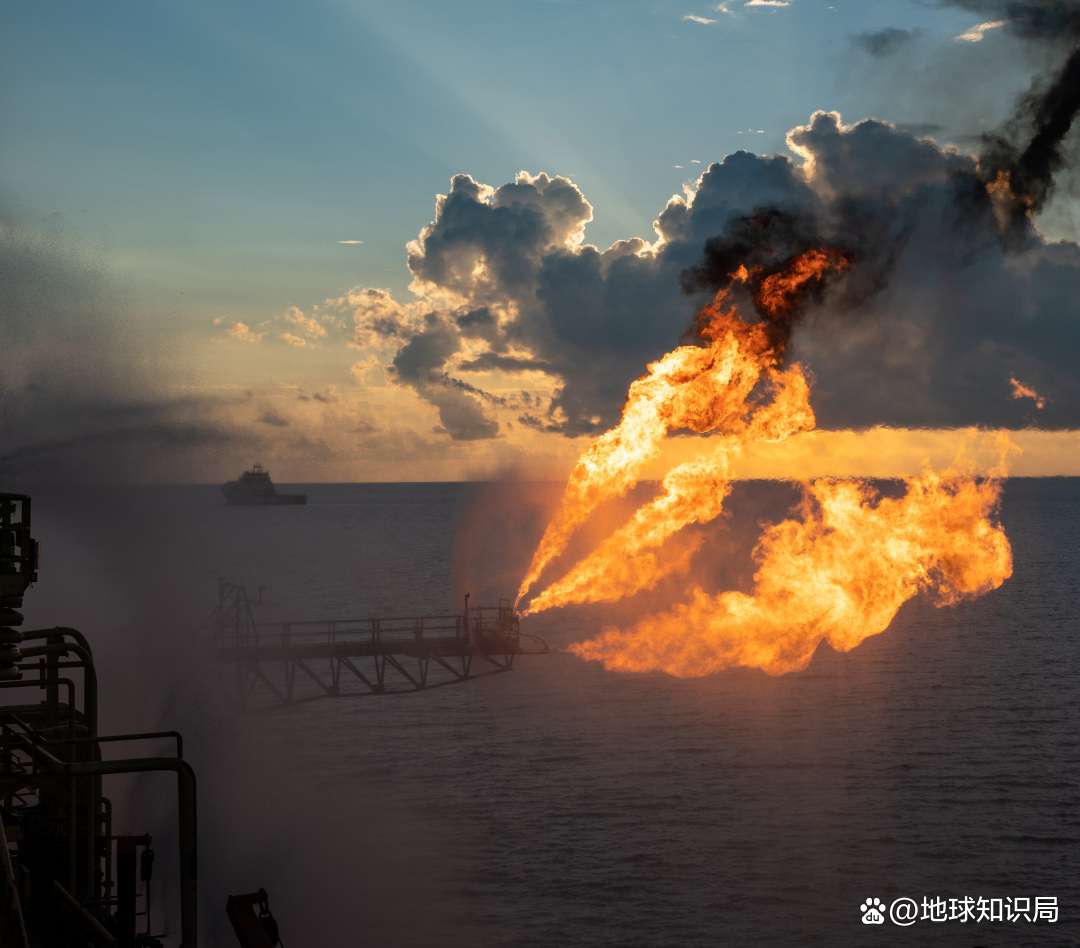
As mentioned above, the Persian Gulf area was once the primitive ocean. During the process of crustal movement, the African sector and the Indian sector drifted from the southern hemisphere to the northern hemisphere, which squeezed with the Asian and Europe plates, resulting in oil source rocks (hydrocarbons: carbon: carbon: carbon: carbon: carbon Hydrogenated compounds, here are special oil and gas) gradually gathered.
The crustal movement has contributed to today's sea and land pattern
And still continuously transform our surface of our earth
(Source: wikipedia) ▼
Because the crust is squeezed by the drifting force of the three sectors here, the rock layer is broken and fragmented at the convergence of the sector, and the hardness of the crust is not high. And because oil and gas is a fluid stored underground, and its own unit density is low, after being under pressure from crusts such as drilling, the oil and gas flow will be rushed out of the crust to achieve the ground under the action of strata, forming an oil and gas spray.
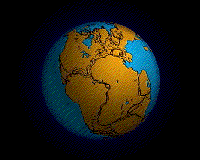
It's like inserting the straw into a cup of milk tea that can be drunk automatically without suction
Make people bloom (Figure: shutterstock) ▼
The oil and gas of the Persian Gulf is like canned catfish wrapped in eggshells. You can feel the joy brought by the catfish with no need to knock softly.

You can't imagine the happiness of the rich woman (Figure: one picture network) ▼
In addition, the Persian Bay area is mostly formed in the restoration of the deposition environment. It is a lightweight oil with a small density. It is liquid at room temperature. The amount, low wax content, and partial carbon isotopa value.
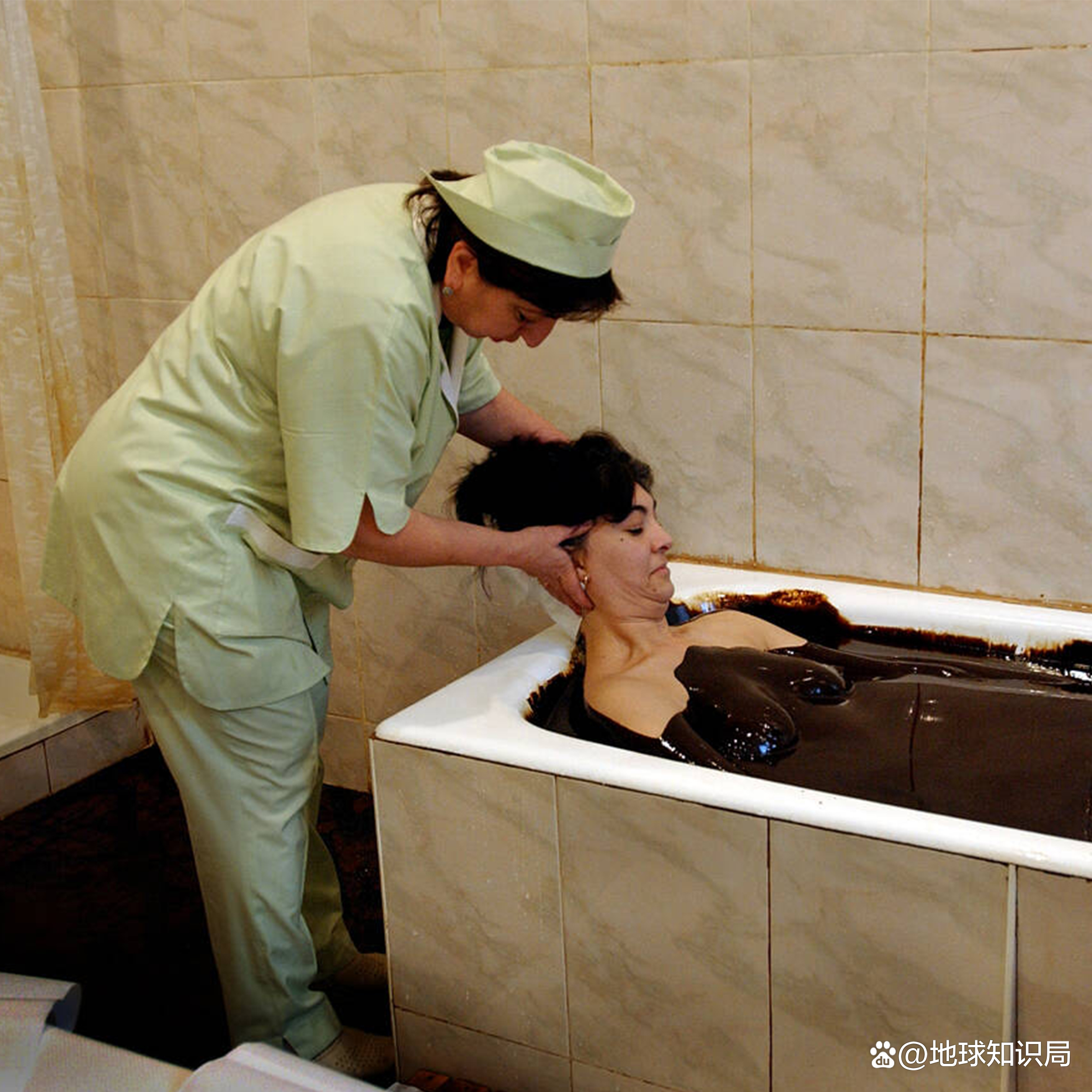
The higher the API, the higher the proportion of short -chain hydrocarbons (Figure: shutterstock) ▼
This means that when lightweight oil is refined in refining plants, it can reduce many steps and significantly reduce refining costs. Lightweight oils of the same weight can produce more gasoline and diesel. Therefore, the price of light oil in the commodity market is higher than heavy oil.

Therefore, Persian Gulf is more economical than oil produced in other regions and is more competitive in the international market.
OPEC also rely on this confidence to dance on the international political stage
(Figure: One picture network) ▼
Can you continue to count on the bed in bed?
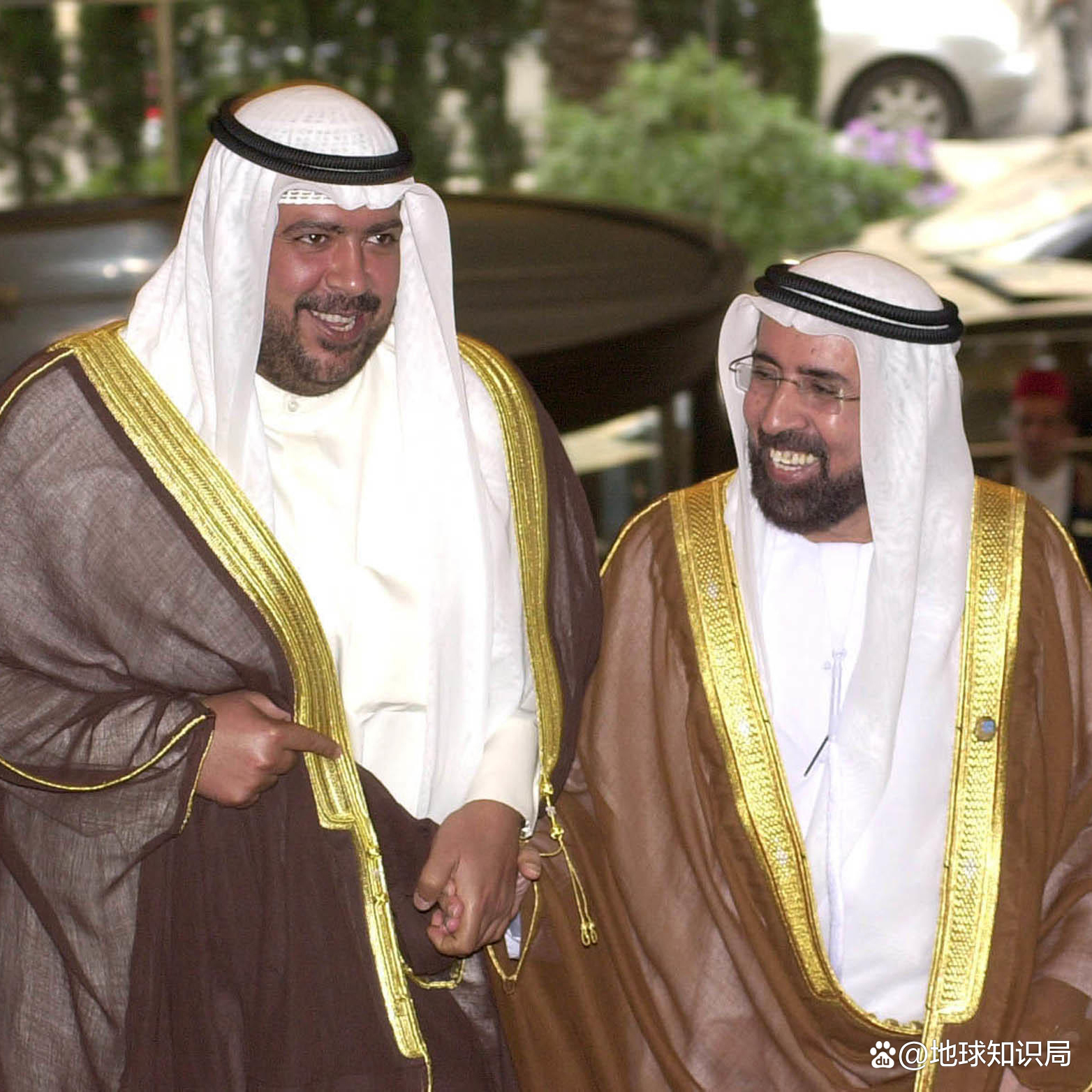
With such a rich oil and gas resources, how can the Persian Gulf's oil and gas prospects be mining?
Taking Saudi Arabia as an example, a report submitted by the Saudi government to the oil exporting country shows that its proven reserves have been 266 billion barrels. Based on the speed of 10 million barrels of 10 million barrels on average, Saudi Arabia's reserves can be mining for about 70 years.
The petroleum industry has a bright future in your life and a bright future
(Figure: One picture network) ▼
In fact, as early as 1980, the experts made a conclusion that global oil will be exhausted within 30 years based on the reserves and output at the time. But to this day, it is clear that oil and gas resources have not been exhausted. With the development of exploration and development technology, the world's oil proven reserves are still gradually increasing.
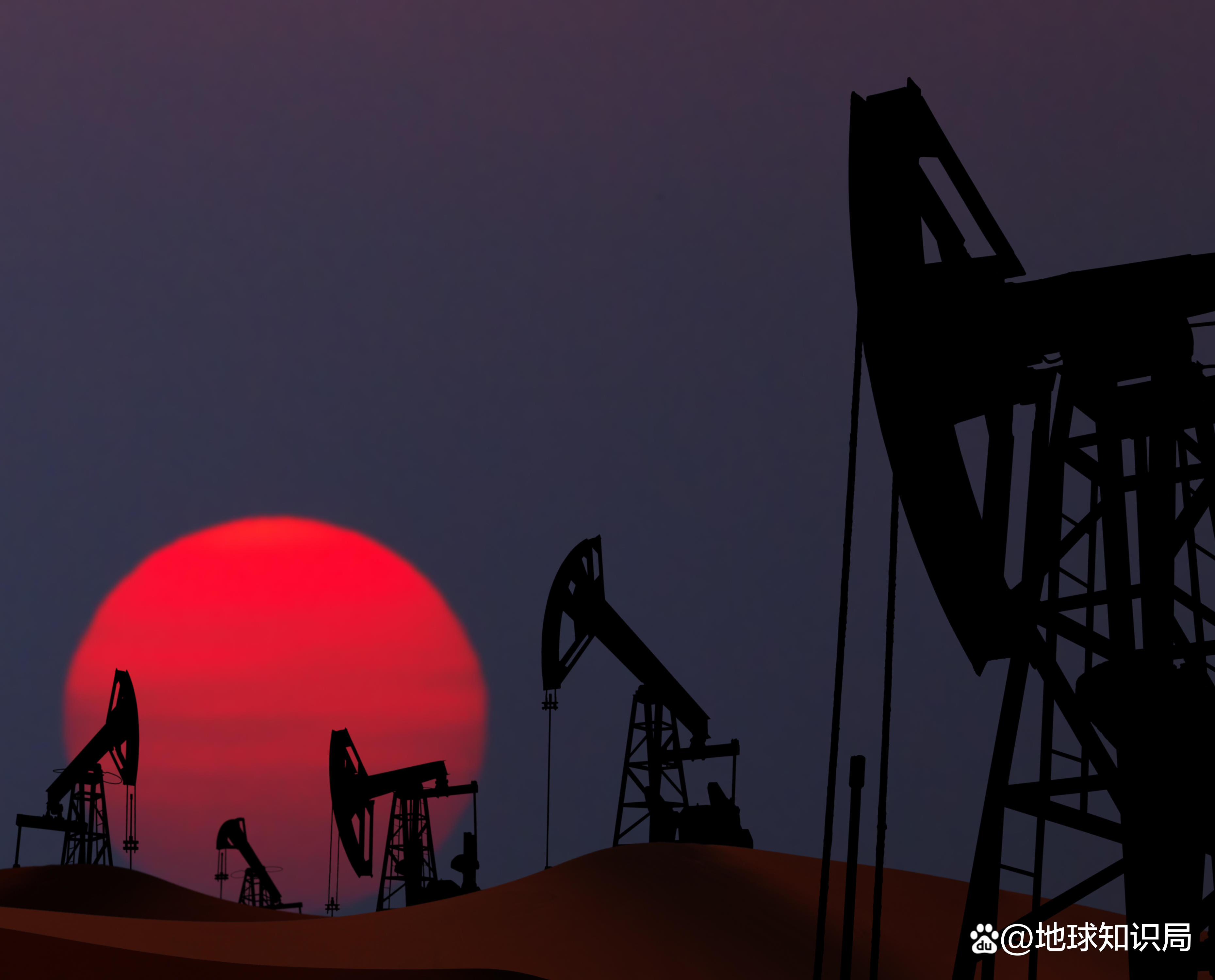
On the one hand, due to the mining of shale gas shale oil, it is possible to become under new hydraulic fracturing technology. This significantly increases the global oil and gas reserves.
The United States is the biggest beneficiary of the shale oil technology revolution
It has even become the world's largest oil -producing country
Hydraulic fracture technology (Figure: wikipedia) ▼
On the other hand, due to the diversity of exploration methods. The development of various types of unconventional oil and gas collection is in full swing, the depth of drilling has repeatedly renewed high, and it is possible to develop deep -sea development. It can also use new technologies to develop secondary development of old oil fields, and so on.
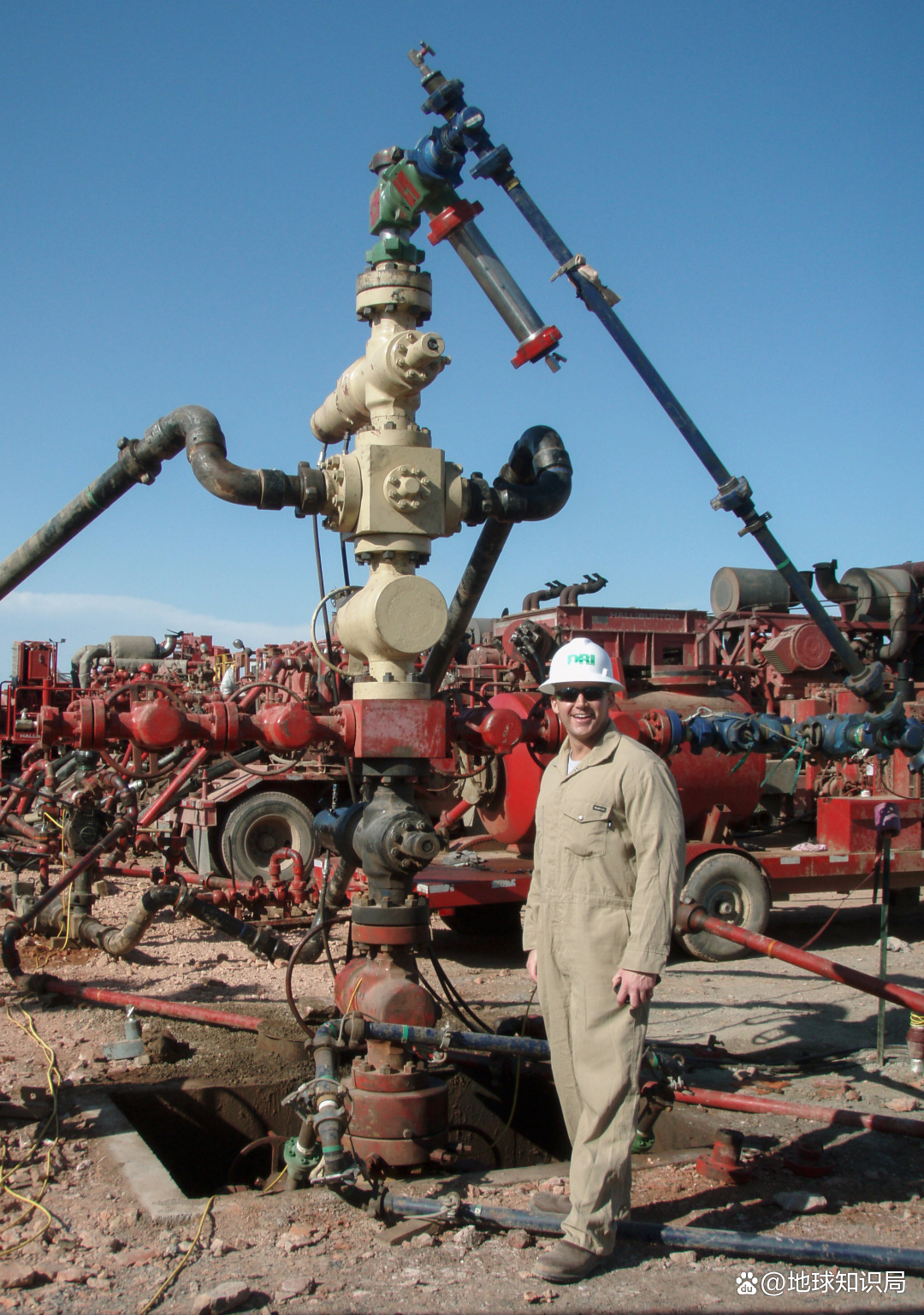
Although its huge reserves are still increasing as the exploration is still increasing, it will always be mountains and air, and the oil and gas distribution in the Persian Gulf areas is uneven, and oil and gas resources in some areas will soon be exhausted.
Finding a new mine while output
It depends on who is faster (Figure: one picture network) ▼
Taking the Middle East Pearl Dubai as an example, after Dubai discovered oil in 1966, huge oil income made this "flower in the desert" exuding eye -catching glory. However, it didn't take long for the good days of "lying on the bed to count oil dollars". In the 1980s, Dubai oil was almost exhausted due to excessive development, and oil no longer provided sufficient "nutrients" for economic development.
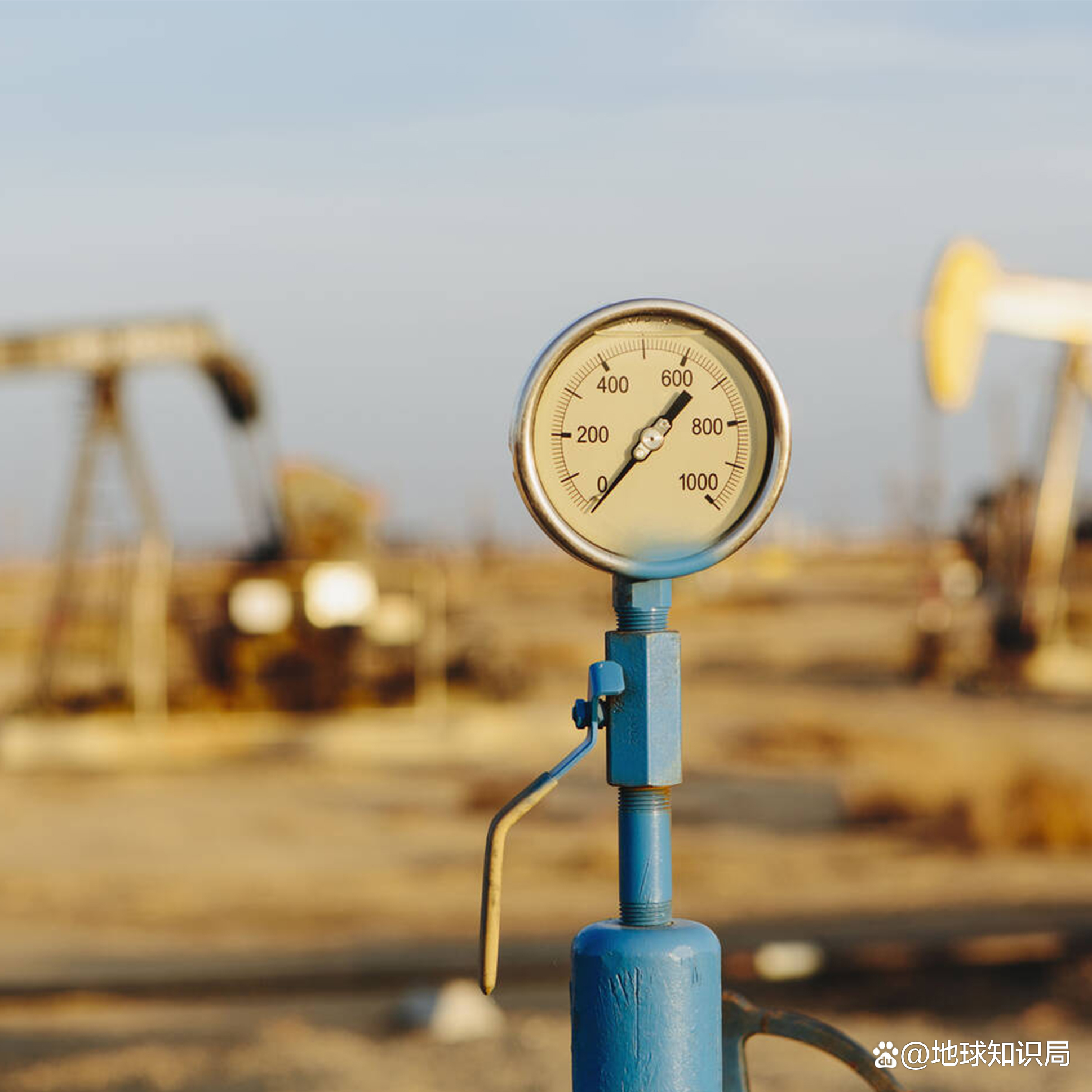
To this end, Dubai tried the situation, actively transformed, and was committed to promoting the diversified economic policy, reducing dependence on the oil industry, and achieving sustainable development.
Today's Dubai, luxury shops and high -end hotels and houses
Both real estate and retail are the main industries after Dubai's economic transformation
(Figure: One picture network) ▼
The "Old Money" Abu Dhabi, which is less than 100 kilometers away from Dubai, is completely different. Due to its rich oil and gas resources, more than 90%of the UAE's oil mining activities are concentrated here. Abu Dhabi Geological History was once a shallow sea environment with a warm climate. The vivid water here is rich in water and has a large -scale and good storage structure. It has the best conditions for forming and storage of oil. One of the areas.

Abu Dhabi oil distribution is relatively concentrated
The average annual reserves of each oil field are super large oil fields with more than 100 million tons
(Figure: wikipedia) ▼
Whether it is a tight city or a vast coastal reef beach
May be buried in the ground with flowing gold, (Figure: wikipedia) ▼
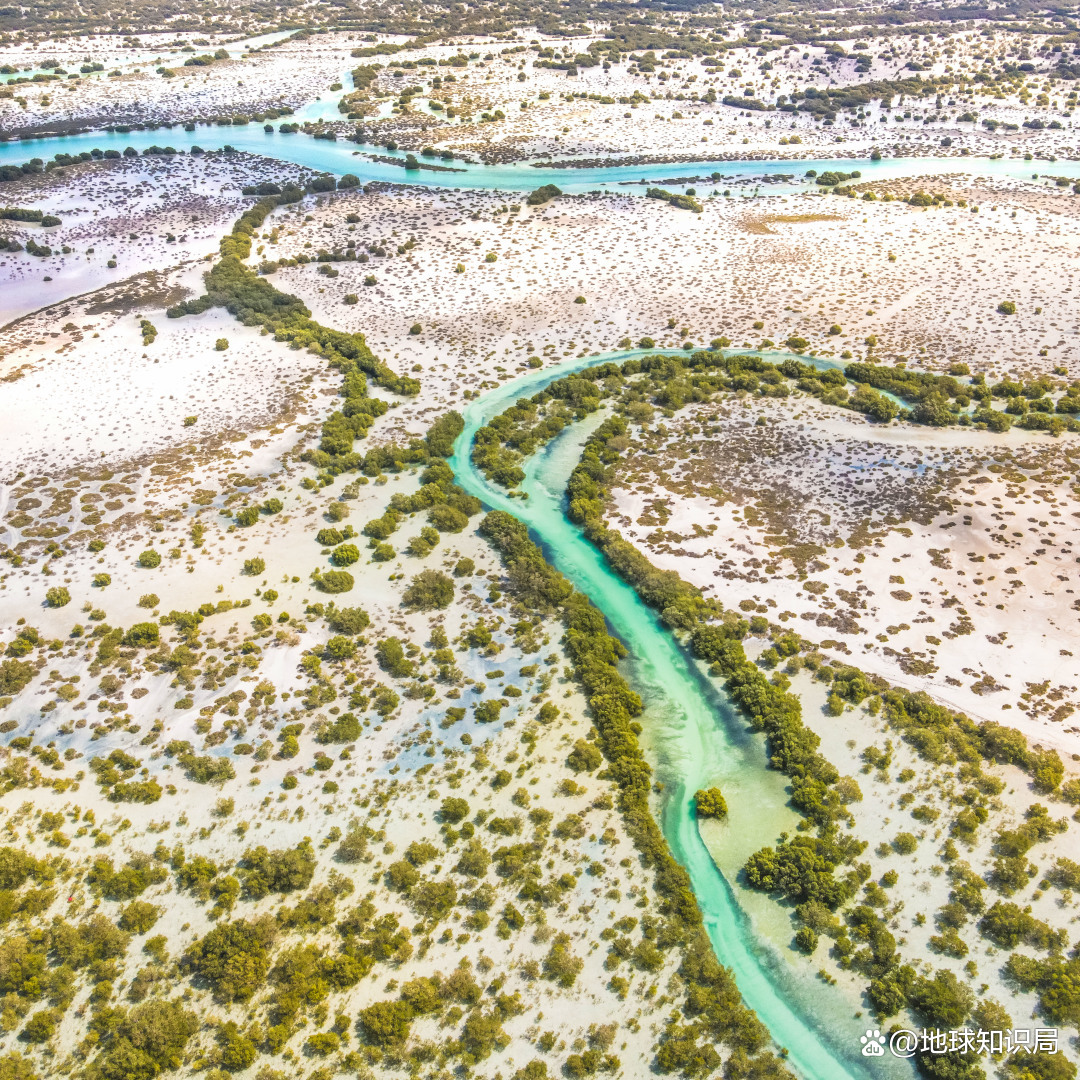
In the visible future, with the abundant reserves and the blessing of new technologies, the Persian Bay area can continue to produce oil and gas. But if it is really on the day of sitting and eating mountains, the use of updated technology also means higher costs, and its low price advantage will be difficult to maintain.
However, from the recent news, I won't come too early that day

I found the new oil field again (Source: Offshore-Technology) ▼ ▼
Taking the current popular shale gas development in the United States as an example, its technical means are to break the oil -containing stratum through the ejaculation holes, so as to form a slight crack in the shale. Then inject fracture to the strata to squeeze out the nano -level oil and gas in the shale, the separation and refining of the later oil and water are more complicated than the conventional oil gaseous collection.
Even though this technology is currently very mature, the cost of US shale oil is still $ 60 per barrel, which is significantly higher than the current mining cost of Persian Gulf crude oil.

Therefore, when the reserves are depleted and the use of new technologies will be used, the difficulty and cost of oil and gas mining in the Persian Gulf area will inevitably increase. At that time, a good day that can spray fuel at will will no longer be sprayed, and the Gulf countries will also need to consider cost reduction and efficiency.
Use water to replace the oil, like a alchemy
Can the price just water? (Figure: shutterstock) ▼
*The content of this article is provided for the author, which does not represent the position of the Earth Investment Bureau
Cover: One Tuwang
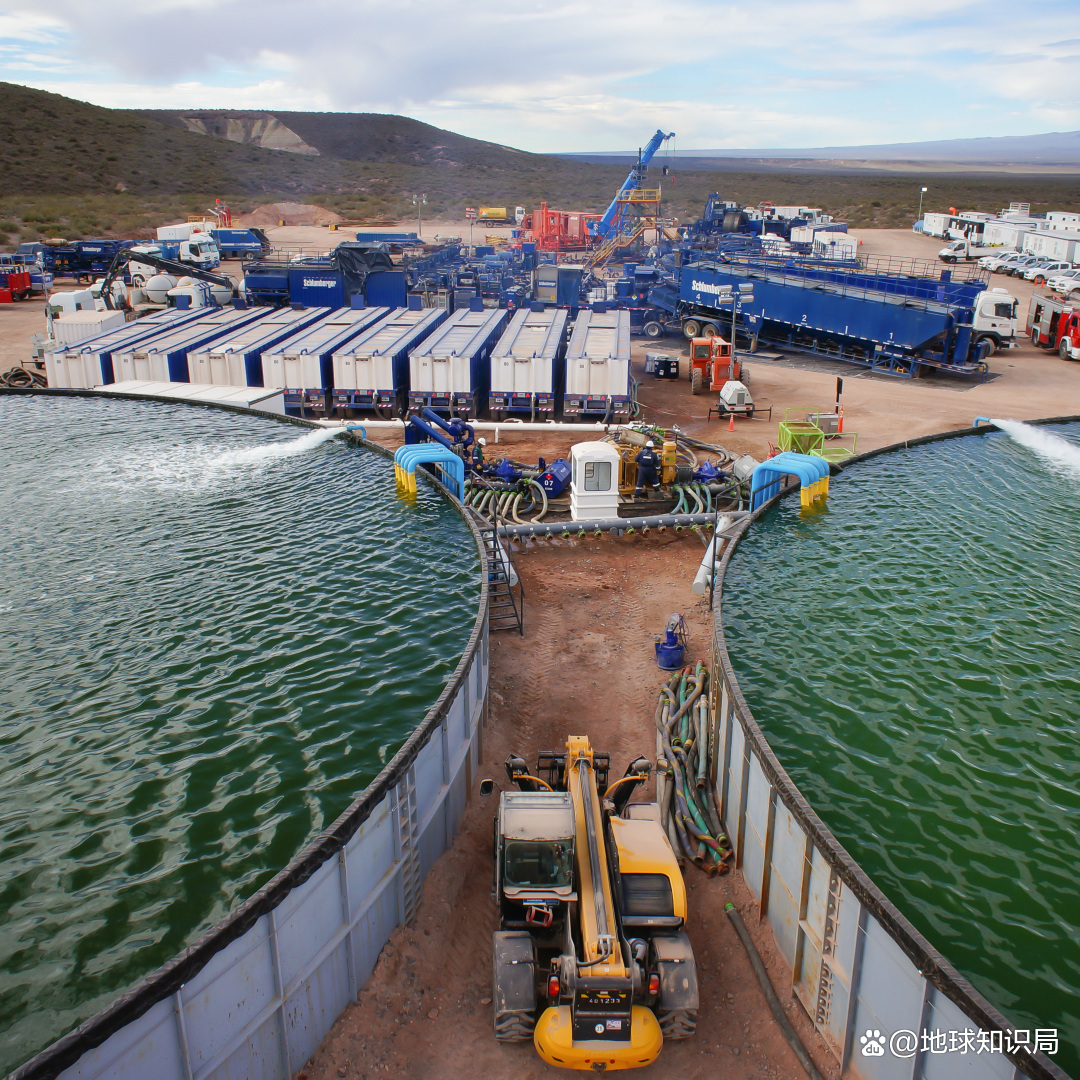
End
- END -
South Korea wants to re -enter the whitening list, Japan: Two -yard

Japan's Sankei Shimbun reported on August 21 that during the Japanese and Korean F...
Epidemic restrictions to relieve Japanese lipstick sales recovery
[Global Times Comprehensive Report] The Japanese Market Survey Company Intage was released on the first half of 2022 Product Best Selling Ranking. According to Japan's Asahi Shimbun, the country's...